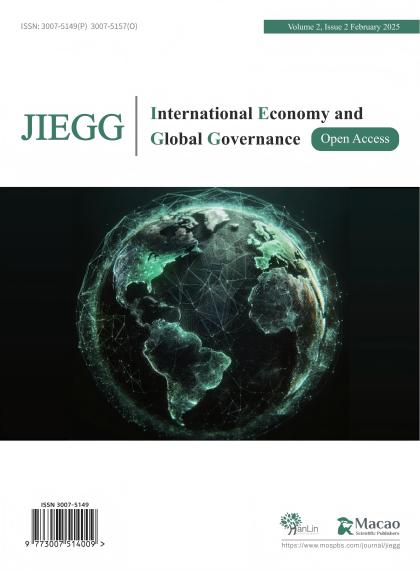Abstract
On October 23, 2024, Xi Jinping, President of People’s Republic of China (PRC), was present at the 16th BRICS Summit and gave a keynote address, emphasizing the need to collaborate to transform BRICS into a premier conduit for reinforcing solidarity and coordinated efforts among the Global South, and a vanguard force for propelling the reform of global governance. Through the construction of a BRICS committed to peace, BRICS committed to innovation, BRICS committed to green development, BRICS committed to justice, and BRICS committed to closer people-to-people exchanges. At present, BRICS countries are actively following the contemporary wave of technological innovation and Industrial restructuring, strengthening cooperation in innovation through science and technology. This paper, on the basis of the development trajectory of the BRICS committed to innovation, reviews the historical context and main phases of the BRICS committed to innovation, analyzes the significance of the BRICS mechanism for China, BRICS countries, and global governance, summarizes the current practical roadmap and development achievements of the cooperation, and looks forward to cooperation prospects. The research finds that BRICS countries have deepened their cooperation in innovation by focusing on a Partnership on New Industrial Revolution, research and cooperation centers, and talent development platforms. In the future, BRICS countries could focus on such areas in terms of digital economy and green technologies, to accelerate the construction of the BRICS committed to innovation.
Keywords: BRICS Countries, BRICS Committed to Innovation, Scientific and Technological Innovation, Digital Economy
Download the full text PDF for viewing and using it according to the license of this paper.

